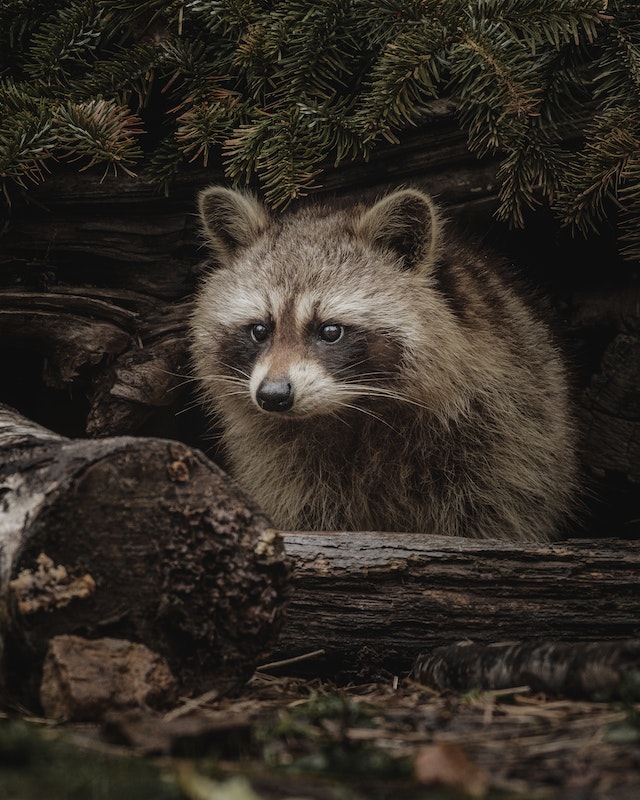Introduction:
In the realm of hybrid creatures, nature occasionally produces unexpected and potentially dangerous combinations. One such cautionary tale is the raccoon-like bear, a hybrid creature with a voracious appetite and potentially hazardous behaviors. This article delves into the characteristics, ecological impact, and potential risks associated with this unique hybrid, serving as a reminder of the complex dynamics that can arise from nature’s experiments.
1. The Raccoon-Like Bear Hybrid:
The raccoon-like bear, also known as the “bearcoon,” is a rare hybrid resulting from the mating of a raccoon and a bear. This combination creates a creature that inherits both the size and strength of a bear and the agility and cunning of a raccoon. While the occurrence of such hybrids is infrequent, their presence raises concerns due to the unpredictable nature of their behaviors.
2. Ecological Impact:
The bearcoon’s hybrid status and potential combination of traits can have an ecological impact. Their larger size compared to regular raccoons gives them an advantage in foraging for food and competing for resources. This heightened efficiency in finding and consuming prey can disrupt local ecosystems, impacting populations of small mammals, birds, and other organisms in the area.
3. Aggressive Behaviors:
Due to their hybrid nature, bearcoons may exhibit aggressive behaviors that pose risks to both humans and other animals. The combination of bear-like strength and raccoon-like cunning can make them formidable predators and scavengers. They may display heightened territorial behaviors and a greater willingness to confront perceived threats, potentially leading to conflicts with humans and other wildlife.
4. Human-Wildlife Conflict:
The presence of bearcoons can create challenges for human-wildlife coexistence. Their opportunistic nature and strong sense of smell can lead them to seek out human food sources, such as garbage bins and compost piles. This behavior increases the likelihood of encounters with humans, potentially leading to property damage and the transmission of diseases, including rabies.
5. Conservation Concerns:
Conservation efforts surrounding bearcoons primarily focus on managing the populations of their parent species, bears, and raccoons. Protecting the habitats of both species helps maintain their natural ranges and reduces the chances of hybridization. Additionally, public education about the risks associated with feeding wildlife and proper waste management practices can mitigate the potential conflicts arising from bearcoon encounters.
6. Responsible Wildlife Management:
To address the risks posed by bearcoons, responsible wildlife management practices are crucial. This includes implementing measures such as secure garbage bins, minimizing attractants around human settlements, and providing education to the public about coexisting safely with wildlife. When encountering a bearcoon or any potentially dangerous wild animal, it is essential to exercise caution, avoid direct contact, and report sightings to local wildlife authorities.
Conclusion:
The raccoon-like bear hybrid serves as a cautionary tale, highlighting the potential risks associated with the convergence of species in nature. Their hybrid nature, combination of traits, and potentially aggressive behaviors require careful management and responsible wildlife practices. By understanding the ecological impact and risks associated with these unique creatures, we can work towards promoting human-wildlife coexistence while ensuring the safety and well-being of both humans and animals.




